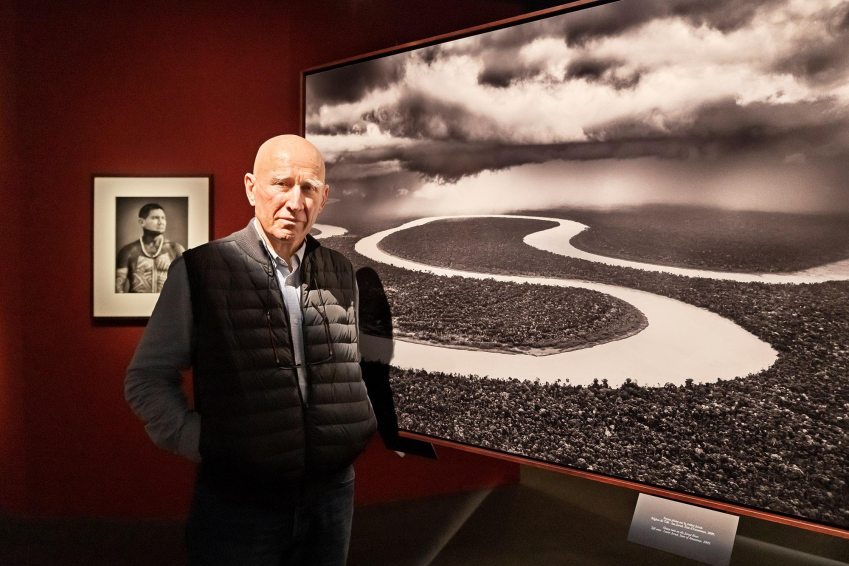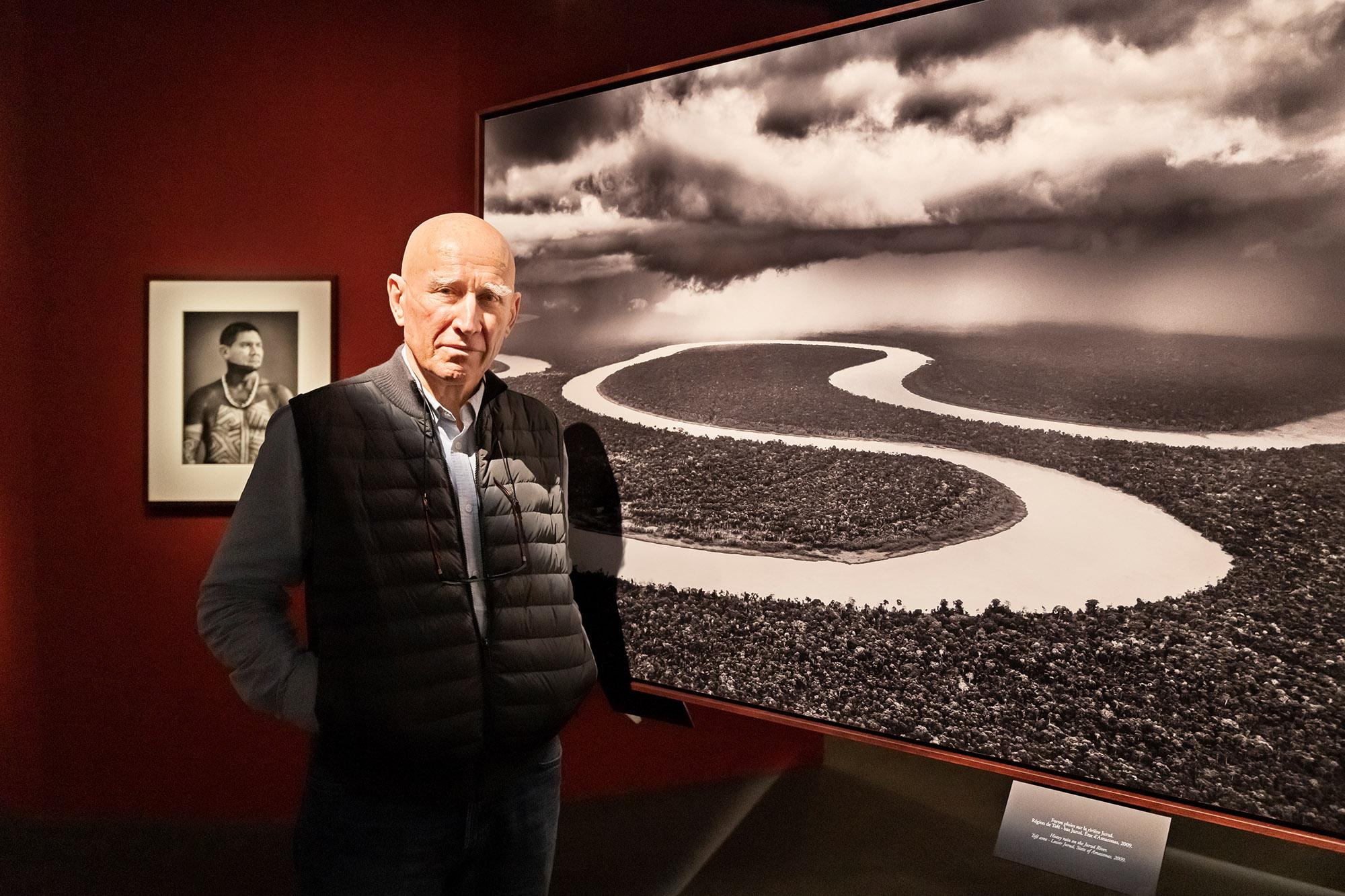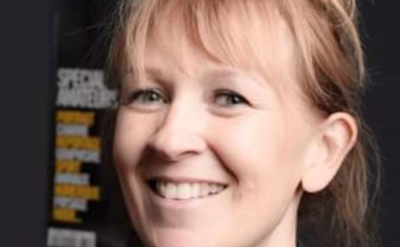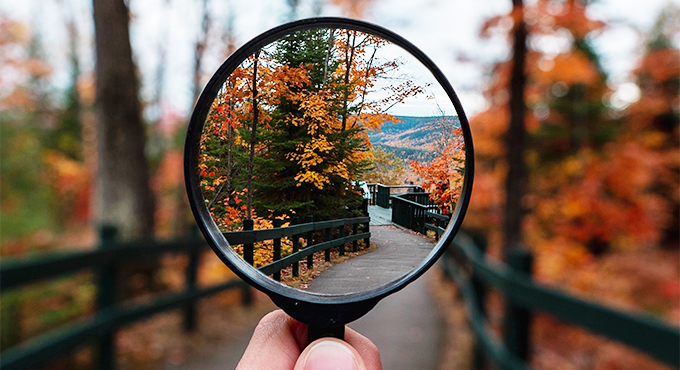News

With Sebastião Salgado the UPP loses one of its loyal supporters
23 May 2025
CA Communications
Viewed 793 times

Sebastião Salgado passed away on May 23, 2025, in Paris. He was 81 years old. A loyal supporter of the UPP since its inception, a tireless campaigner for human dignity and the preservation of the planet, his powerful black and white photographs are part of the world's heritage. The UPP joins his family in this sad loss.
Philippe Bachelier, former Chairman and member of the Board of Directors, tells us about his meeting with Sebastião Salgado.
1995, rue Vieille-du-Temple, Paris, headquarters of the UPC*. A Latin American barbudo. That's the image I have of Sebastião Salgado. Black-and-white photographs showing a face surrounded by long hair and a full beard are engraved in my memory. But it's a man shaved from chin to crown, with deep blue eyes, that my colleagues Christian Ducasse and Roger Pic introduce to me at an ANJRPC** board meeting.
After our meeting, also attended by Martine Franck, we head off for dinner at a local restaurant. That evening, I discover Sebastião's talent as a storyteller, with the charm of the lilting French spoken by a Brazilian. Rereading "De ma terre à la terre" (Presses de la Renaissance, 2013, written with Isabelle Francq, indispensable if you want to know his biography), I find his voice again. Sebastião has been a UPP loyalist since his early days in photography.
In black and white, another Africa, another America
I first came across his photography when he won the World Press Award in 1985, and then in the April 1986 issue of Géo magazine, when he published his work on drought in the Sahel. Géo, which only showed color reports, was publishing black and white for the first time. I was all the more moved by these images as I had just spent two years in Nigeria. Then, at the end of 1986, there was the Autres Amériques exhibition at the Maison de l'Amérique latine.
At the time, photography was rarely exhibited in Paris, apart from at the Centre National de la Photographie in the Palais de Tokyo, and in the Agathe Gaillard and Zabriskie galleries. I had already had the chance to see works by Ansel Adams, Edward Weston and Eugene Smith in the United States, and a retrospective of Henri Cartier-Bresson in London. I'm impressed by the quality of the prints in Autres Amériques, beyond the gravity and strength of the images. The shadows are dense, but not cluttered, the light bursts from a face or a sky, the grain shapes the whole. There's an impressive balance between form and content. Where does this style come from? His native Brazil? From his militant career?
From economics to photography
Sebastião Salgado, born in Minas Gerais in 1944, an economist by training and a political refugee who left Brazil's military dictatorship in 1969 with X Lélia Wanick, his wife, discovered photography by chance in France. He borrowed Lélia's Pentax Spotmatic, which she had acquired for her architectural studies, and became fascinated by this new medium, while completing a doctorate. The International Coffee Organization sent her on a two-year tour of Black Africa. He used his camera to enrich his reports on local economic development. In 1973, he left his post to devote himself to photography. His first reports were often devoted to the African continent.
In the same year, he joined the Sygma, Gamma (1974-1979) and Magnum (1979-1994) agencies. The light of his childhood in Brazil shaped his vision. I was born with images of skies full of light. These lights entered my images. In fact, I was in my images before I started making them. As a kid, to protect my fair skin, they always put a hat on me or put me under a tree, because in those days we didn't have sunscreen. So I could always see my father coming towards me in the sun, against the light.
Choosing independence
In 1999, chance brought us together. With my colleague Frédéric Buxin, former president of the UPP, we set up a studio/gallery near the Canal Saint-Martin, a stone's throw from the Amazonas Images agency, created a few years earlier by Sebastião and Lélia, after leaving Magnum in 1994. This was the time of the completion of Exodes, exhibited in 2000 at the MEP. This vast subject on the migrations caused by the political, economic and social upheavals of the 1990s, followed on from La Main de l'Homme, une archéologie de l'ère industrielle, presented at the Palais de Tokyo in 1993, which had a spectacular impact, due to its light-dark monochrome aesthetic and the breadth of the themes covered.
It was then that I met the team at Amazonas Images, without whom Sebastião's work could not exist: Lélia as director (including exhibition scenography and book design), Françoise Piffard as photo editor, Marcia Mariano as producer, Dominique Granier as printer.
Restoring the Amazon rainforest
At the time, I didn't know that his reportage in Rwanda, during the Tutsi genocide in 1994, had profoundly affected him, making him doubt humanity to the point of considering giving up reporting and photography. But contact with nature in his native land saved him. He took over his parents' farm in the Rio Doce valley in the eastern Brazilian state of Minas Gerais. It is in a state of advanced desertification due to intensive farming. Lélia convinces him to replant the rainforest, the Mâta Atlantica, which once occupied the land.
In 1998, they founded Instituto Terra, an organization dedicated to environmental restoration and sustainable development in the Rio Doce valley. Today, Instituto Terra has succeeded in replanting the forest on the 800-hectare property. "It has brought back biodiversity. Insects, birds, mammals - all the animals that were once here have returned. We had wanted to reintroduce our Latin American crocodiles, the caimans, before giving up because it worried one of our employees. But one day, one of our technicians warned us that a caiman was arriving by road from himself, covered in dust. Many animals have made their way to them. Water sources that had disappeared have resurfaced. In fact, a whole cycle has returned."
When Instituto Terra was born, a new reporting project, Genesis, followed in this vein: to alert humanity to the need to preserve nature and the peoples that the Anthropocene has not yet destroyed.
From film to digital
In 2004, Sebastião's film lab was overloaded, so he asked me to develop some of the film for the first Genesis report on the Galapagos Islands. And so I embarked on the Genesis adventure. Until June 2008, when Sebastião went digital, I developed hundreds of films, about four times a year, as was the rhythm of the reports.
Working with Amazonas is a demanding and fruitful experience. I develop everything manually to get the best possible result. It's quite physical. You have to move fast. Sebastião has a sharp eye. I remember he thought my first contact sheets weren't sharp enough. I ended up making a custom shooter myself using a large sheet of anti-newton glass. In 2008, Sebastião decided to go digital after a series of comparative tests with the Canon EOS 1Ds Mark III and the Pentax 645- Tri X Pro 320 pairing with which he had been photographing since 2004.
Like the whole Amazonas team, I'm busy setting up the new digital chain. It's a stimulating challenge to maintain aesthetic continuity between film and digital. The quality of the result is not based on a miracle recipe, but on a sensitive and meticulous interpretation of the files. The mastery of the inkjet prints produced by Valérie Hue and Olivier Jamin, who joined the agency for digital post-production, bears witness to this. The Genesis exhibition, for the first time, is printed entirely in inkjet at Amazonas. Several sets are destined for exhibitions around the world. But this does not mean the end of silver prints.
The most astonishing part of this transition to digital was the use of an LVT imager from the Dupon laboratory to produce 4x5 black and white negatives, used both to preserve archives in analog form and to produce high-quality silver prints, which are highly prized by many collectors, galleries and museums. An LVT imager is a kind of inverted scanner. Pixels are transformed into high-definition light beams, which expose the film plane on a rotating drum.
Showing the beauty of the planet, preserving it
Genesis, a veritable photographic symphony that took 8 years to shoot and 32 reports on 5 continents, is a turning point in Salgado's work. His passion for nature initially confused his public. But his images have won him over beyond the usual circle of die-hard fans. According to Alain Genestar, director of Galerie Polka, which represents Sebastião Salgado, Genesis is the most popular photographic exhibition since The Family of Man, the traveling collective work Edward Steichen mounted at New York's MoMA in 1955.
In 2016, the Franco-Brazilian photographer succeeded Lucien Clergue at theAcadémie des Beaux-Arts, where he is a fervent defender of photography.
Sebastião and Lélia's commitment to ecology continues beyond Genesis. Their agency structure became Studio Salgado. In 2021, Amazônia is presented at the Philharmonie de Paris, bearing witness to the incredible natural diversity of the Brazilian Amazon rainforest and the lifestyles of its peoples. An exhibition which, in the words of the Franco-Brazilian photographer, "aims to fuel the debate on the future of the Amazon rainforest. We need to do this together, from an international perspective, and with the support of indigenous organizations." Like Genesis, Amazônia continues to travel the world, carrying on Sebastião's legacy.
*
UPC, Union des Photographes Créateurs, became UPP in 2010.
**
ANJRPC, Association nationale des journalistes reporters photographes et cinéastes. See https://www.upp.photo/fr/ressource s-photographers/photojournalists/la-commission-photojournaliste-upp-189
***
De ma terre à la terre, Sebastião Salgado, Isabelle Francq, Presses de la Renaissance, 2013.
Worth seeing: Salt of the Earth by Juliano Salgado and Wim Wenders (released on DVD).





No comment
Log in to post comment. Log in.